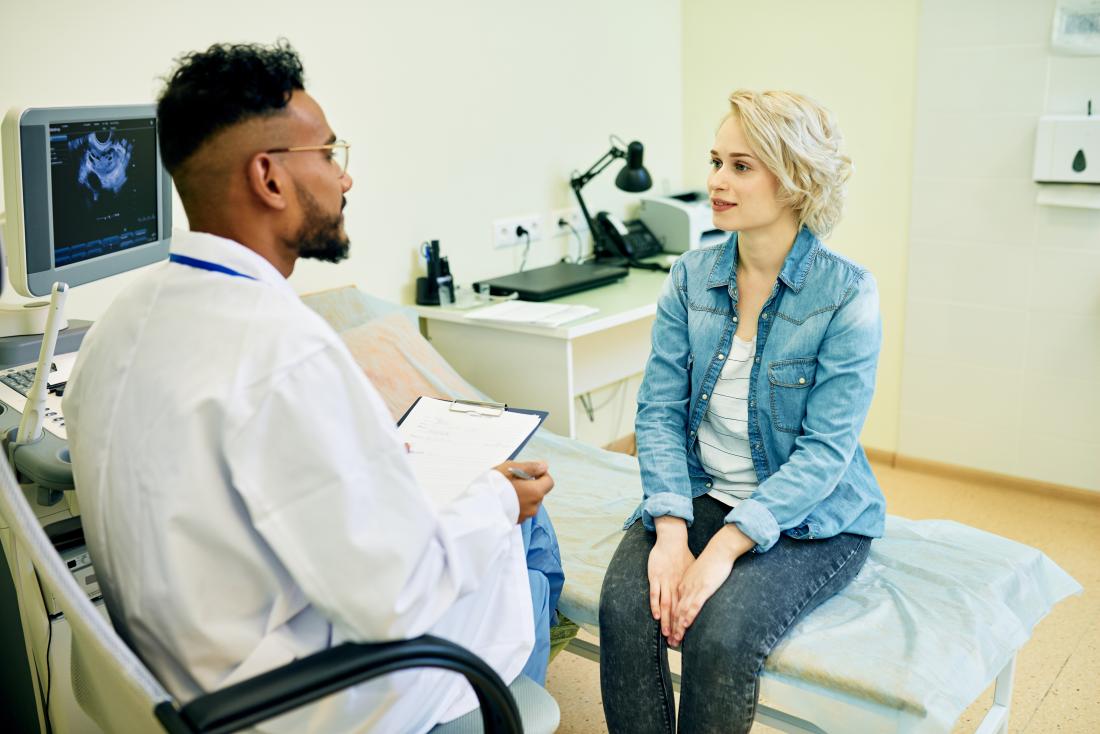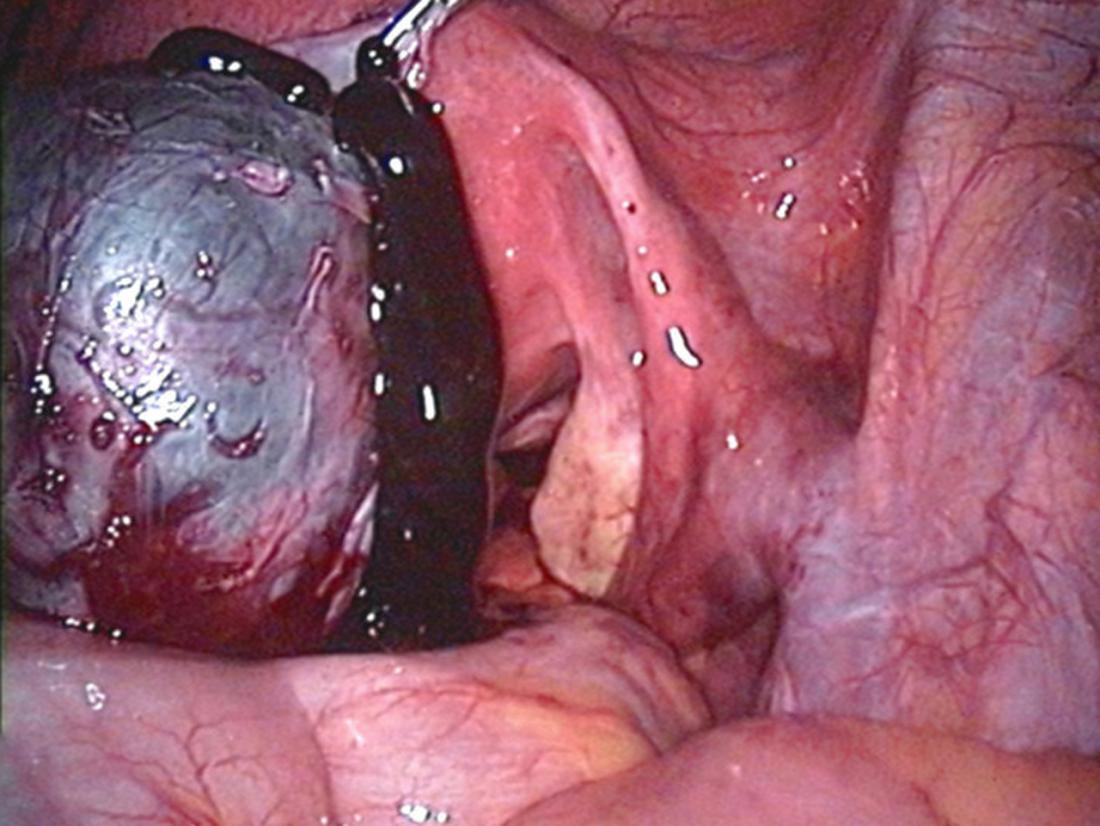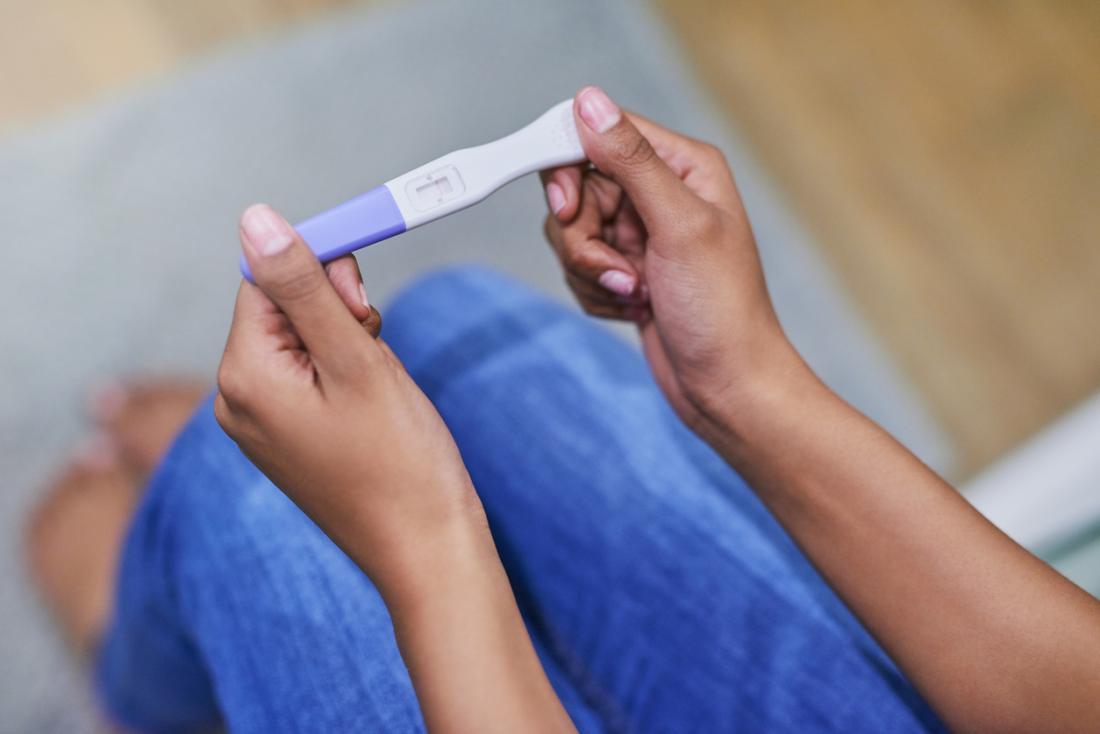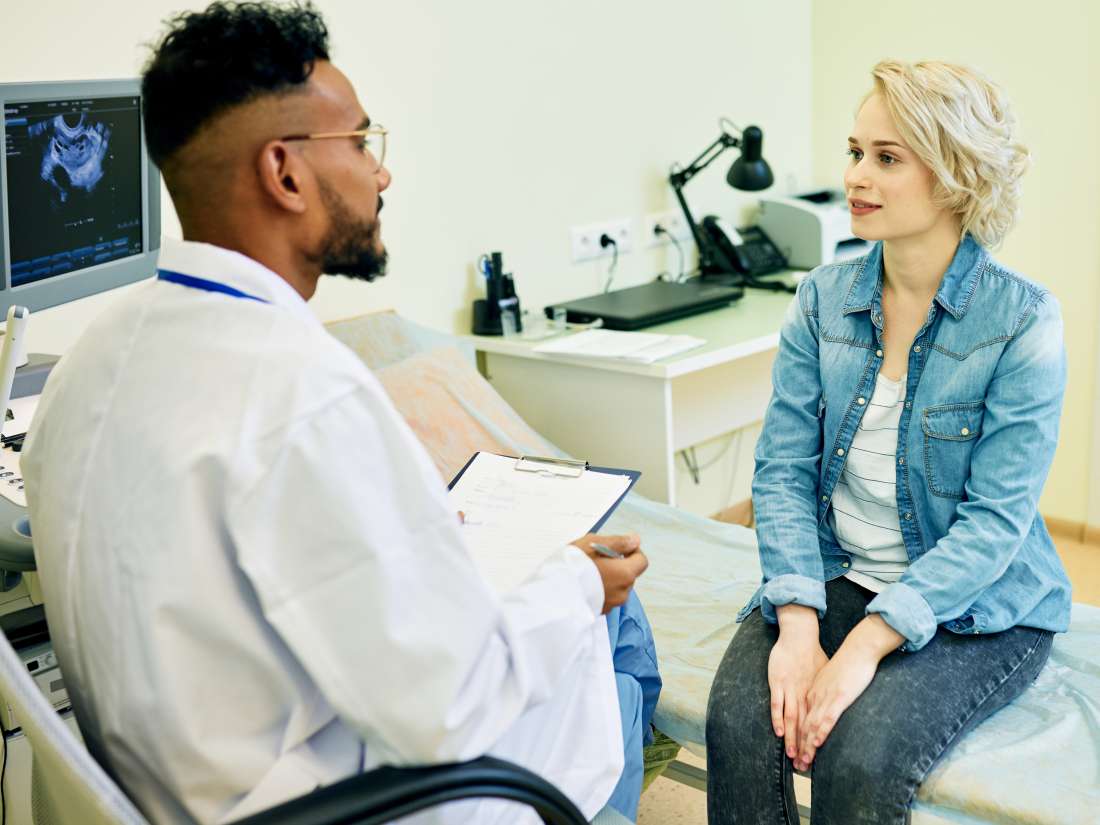Between 20 and 40 percent of people with endometriosis develop chocolate cysts.
In this article, we explore the causes, symptoms, and treatments of chocolate cysts. We also look at the ways that these cysts and endometriosis can affect fertility.
Causes

Chocolate cysts are a possible symptom of endometriosis.
Endometriosis causes chocolate cysts. Endometrial tissue lines the uterus, and endometriosis causes this tissue to grow outside the uterus as well.
Endometrial tissue can attach to the ovaries, fallopian tubes, and nearby organs, such as the bladder. This can cause painful, heavy periods, and it can also damage the organs that it affects.
Doctors divide endometriosis into stages, according to how far the endometrial tissue has spread to other areas of the body. Stages 3 and 4 are the most severe, and they are the most likely to cause endometriomas.
If a person with endometriosis does not receive treatment, it can grow more severe, and chocolate cysts may develop.
Chocolate cysts are sacs containing old blood. They attach to the ovaries and can affect ovarian function. In some cases, chocolate cysts can stop the ovaries from working and so prevent pregnancy.
Doctors do not know what causes endometriosis. Most research suggests that estrogen plays a key role, though researchers are unsure why the hormone causes the condition in some people and not others.
Risk factors for endometriosis and chocolate cysts can include:
- Genetics: People with a family history of endometriosis are more likely to get the condition.
- Retrograde menstrual flow: This happens when period blood travels in the reverse direction, going up the fallopian tubes instead of out of the vagina.
- Immune disorders: Certain immune system issues, especially autoimmune disorders, may cause endometriosis.
- Injuries: Damage to the uterus or surrounding structures correlate with an increased risk of endometriosis. These injuries can occur, for example, during cesarean delivery.
Symptoms
It is impossible to diagnose a chocolate cyst from symptoms alone. Instead, the doctor must examine the ovaries with an ultrasound.
To conclusively diagnose this type of cyst, a healthcare professional needs to examine the tissue under a microscope. If they are still unsure, they may recommend removing the cyst for analysis.
The symptoms of a chocolate cyst are similar to those of endometriosis. They can include:
- painful periods
- unexplained pelvic pain between periods
- pain during sex
- digestive issues
- painful bowel movements
- heavy menstrual periods
- difficulty getting pregnant
Picture


Image credit: Hic et nunc, 2002.
Treatment
Treatment depends on symptoms and reproductive goals. If these include pregnancy, the main aim of treatment is to preserve or enhance fertility.
In some cases, a doctor may recommend waiting and carefully observing the cyst to see if it grows.
Doctors may recommend surgery to remove the cyst under the following circumstances:
- the cyst is very large
- periods are painful
- there are signs of infertility
Endometriomas and other symptoms of endometriosis can reappear after surgery, so several procedures may ultimately be necessary.
Sometimes, doctors will perform a procedure called an oophorectomy that removes an ovary and can provide relief from endometriosis symptoms. However, doctors do not recommend this treatment for women who are hoping to become pregnant.
Ultrasound imaging can tell a doctor that a cyst is likely to be an endometrioma, but the doctor can only make a conclusive diagnosis after examining the cyst under a microscope.
Very rarely, a large ovarian cyst that looks like an endometrioma on an ultrasound turns out to be cancerous. As a result, the doctor may recommend removing a cyst if it is larger than 4 centimeters, if it is growing, or both.
Fertility

Chocolate cysts can affect fertility.
Endometriosis can make becoming pregnant difficult, and chocolate cysts can make it more so.
The link between endometriosis and infertility is still not entirely clear. It may be that endometrial growths and endometriomas trigger inflammation, which can make it more difficult for a fertilized egg to implant in the uterus. Inflammation may also harm a developing embryo.
Endometriomas can also make it harder for the ovaries to produce healthy eggs. If ovulation occurs less often, or if the eggs are less healthy, the chances of pregnancy decrease.
It is important to remember that endometriomas do not inevitably cause infertility. In fact, some women with advanced endometriosis and chocolate cysts easily get pregnant.
Some research suggests that removing an endometrioma may damage the ovaries or deplete the egg reserve, which can impede fertility.
If a woman plans to have in vitro fertilization (IVF), surgical removal of a cyst can make the procedure more difficult, and it is unlikely to increase the chances of becoming pregnant.
For women who plan to get pregnant without IVF, however, the surgical removal of a chocolate cyst may improve fertility.
It is essential to discuss the benefits and risks of surgery with a healthcare professional, and a fertility specialist may be able to offer a treatment plan they customize for the individual.
Outlook
Chocolate cysts are noncancerous. However, they are a complication of endometriosis, which medical professionals associate with a greater risk of cancer. The absolute risk is still relatively low.
As many as 1 in 42 people with endometriosis develop ovarian cancer, whereas in the general population this figure is nearer 1 in 76. As a result, some doctors may advise people with a history of endometriomas or endometriosis to undergo more frequent screenings and exams.
Endometriomas usually occur with endometriosis that has become advanced. This type of endometriosis is more likely to cause serious problems, such as trouble getting or staying pregnant, painful periods, and pain during sex.
The most common complication of both endometriomas and endometriosis is infertility. About 25–50 percent of women with infertility have endometriosis, and 30–50 percent of women with endometriosis have infertility.
Because the symptoms of chocolate cysts are indistinguishable from those of endometriosis, it is important for people not to self-diagnose. Only a doctor can diagnose endometriosis or chocolate cysts.
If periods are painful, very heavy, or include many blood clots, a person should see a healthcare professional.
Furthermore, anyone with endometriosis should talk to a doctor if their symptoms get worse or if they have trouble becoming pregnant.
